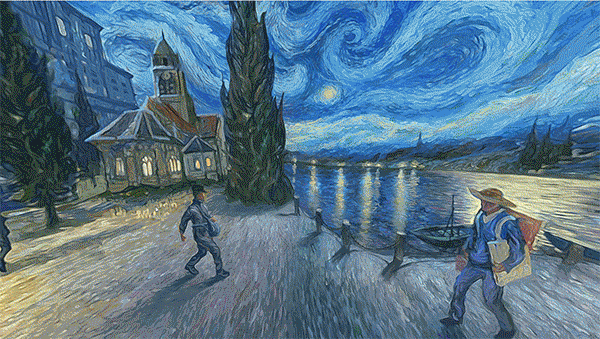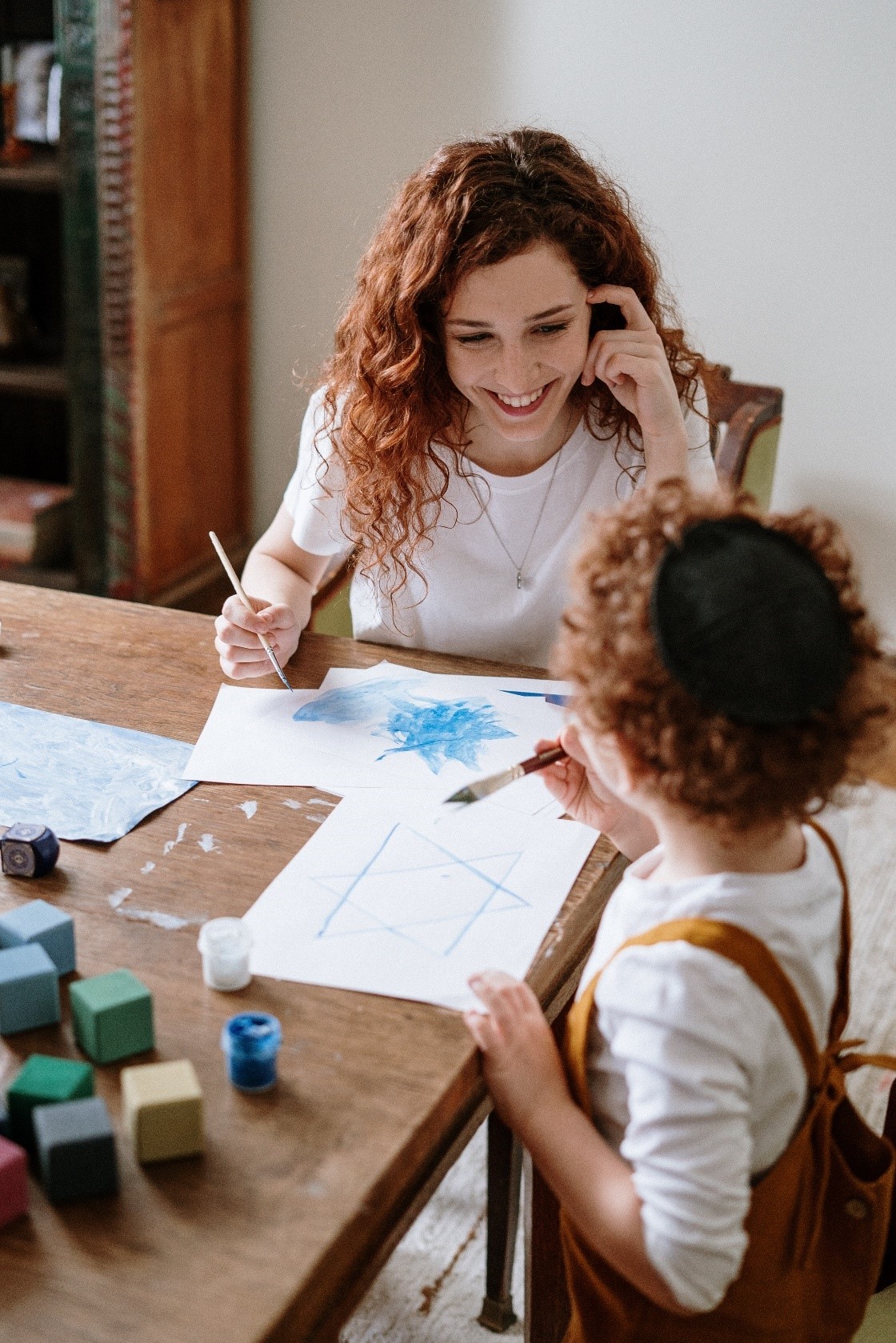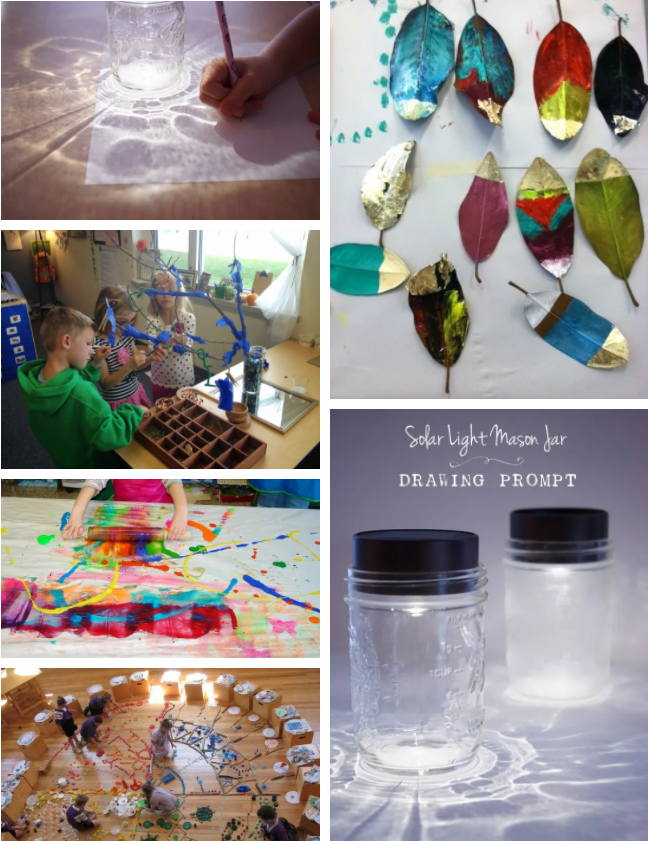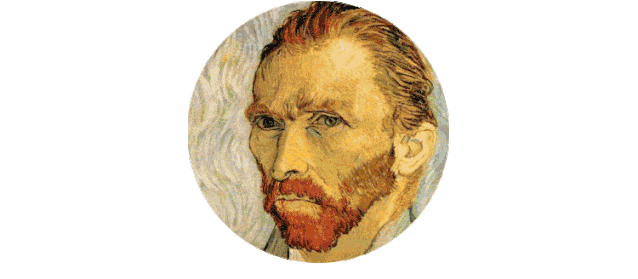


Vincent Van Gogh was one of the most famous and influencial figures in the history of western art. His masterpieces include Starry Night, Sunflowers, Irises, Cafe Terrace on the Place du Forum and self-portraits. Van Gogh's paintings display brilliant colors, telling stories to the world. With the help of modern digital technology, we can still enjoy and study these masterpieces.

Nowadays, with more and more approaches to those masterpieces, we find people are different in artistic perception and self-expression because of varying degrees of aesthetic abilities. Therefore, more and more educators use art education in classroom.
✨ Art education helps learners to develop creative problem-solving and critical thinking skills, teaching students to take the time to be more careful and thorough in how they observe the world.
✨ A report by Americans for the Arts states that young people who participate regularly in the arts (three hours a day on three days each week through one full year) are four times more likely to be recognized for academic achievement, to participate in a math and science fair, or to win an award for writing an essay or poem than children who do not participate.
✨ Art practice helps children with the development of motor skills, language skills, social skills, decision-making, risk-taking, and inventiveness.
✨ Integrating art with other disciplines reaches students who might not otherwise be engaged in classwork and presents difficult concepts visually, making them easier to understand.
✨ Visual arts teach learners about color, layout, perspective, and balance: all techniques that are necessary in presentations of academic work.
At ZNCS, the arts including fine arts, drama, music, dance etc., have always been an integrated part of our curriculum. The understandings of the power of art guides our daily practices.
The kindergarten program of ZNCS is inspired by Reggio Emilia Methodology in which art is highly valued. The educators in Reggio Emilia believe that children use Hundred Languagesto express themselves——words, symbols, sounds, music, art, etc. Art is the medium that encourage the children to communicate. It is the medium by which teachers “listen” to the children. We use the word “art” to describe a lively process of engagement that is reflective, creative, and deliberate which deepens and extends the children's learning.

At ZNCS, you will find all kinds of special rooms where students can play drama, enjoy dance, study music, or make art works. One typical special room is called “Atelier”.
The ‘Atelier’ in the Reggio approach plays an important role in early childhood education. It is a creative studio where young children can express their imagination and creativity. Through encounters with a wide range of media and materials inside the Atelier, children exprerience and explore the beauty of color, texture, movement, lines and space. They become more comfortable and skilled and are able to express their ideas through various artistic forms like painting, building, sculpture, shadow play, collage, and music. We are keen to see the children’s ‘hundred languages of learning’ grow.


I dream of painting, I paint my dream.
——Vincent Willem Van Gogh
Every artist is a child with an innocent heart, and every child may be a great artist in the future. We hope that ZNCS can help each child begin a bright future!
Concordia International School Ningbo serves students from age 3 to age 18 and provides a rigorous, globally focused education that fosters inquiry, knowledge empathy, and nurtures a lifelong love of learning.
Concordia International School Ningbo
+86(0)574 8807 6699
No.18 Guangfu street,Yinzhou District,Ningbo
Concordia International School Ningbo All right reserved.

朱经理
86-139-8933-7302